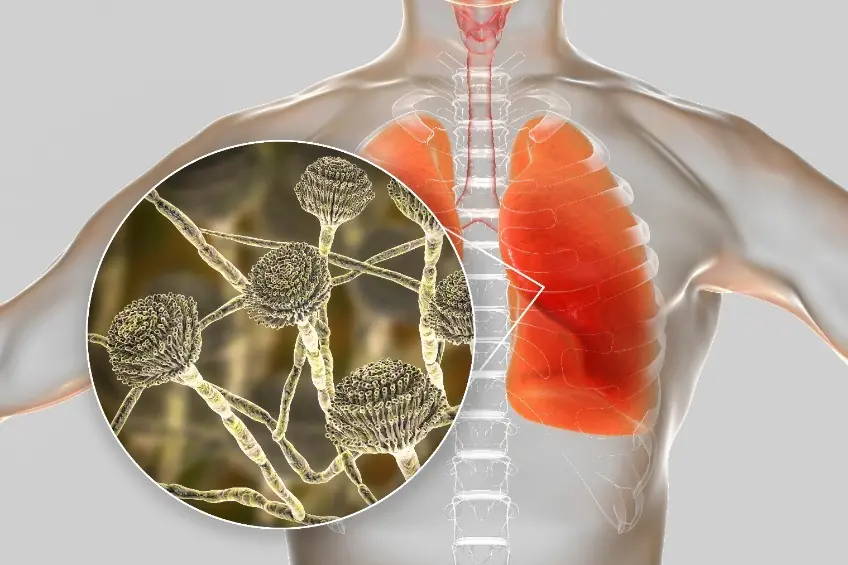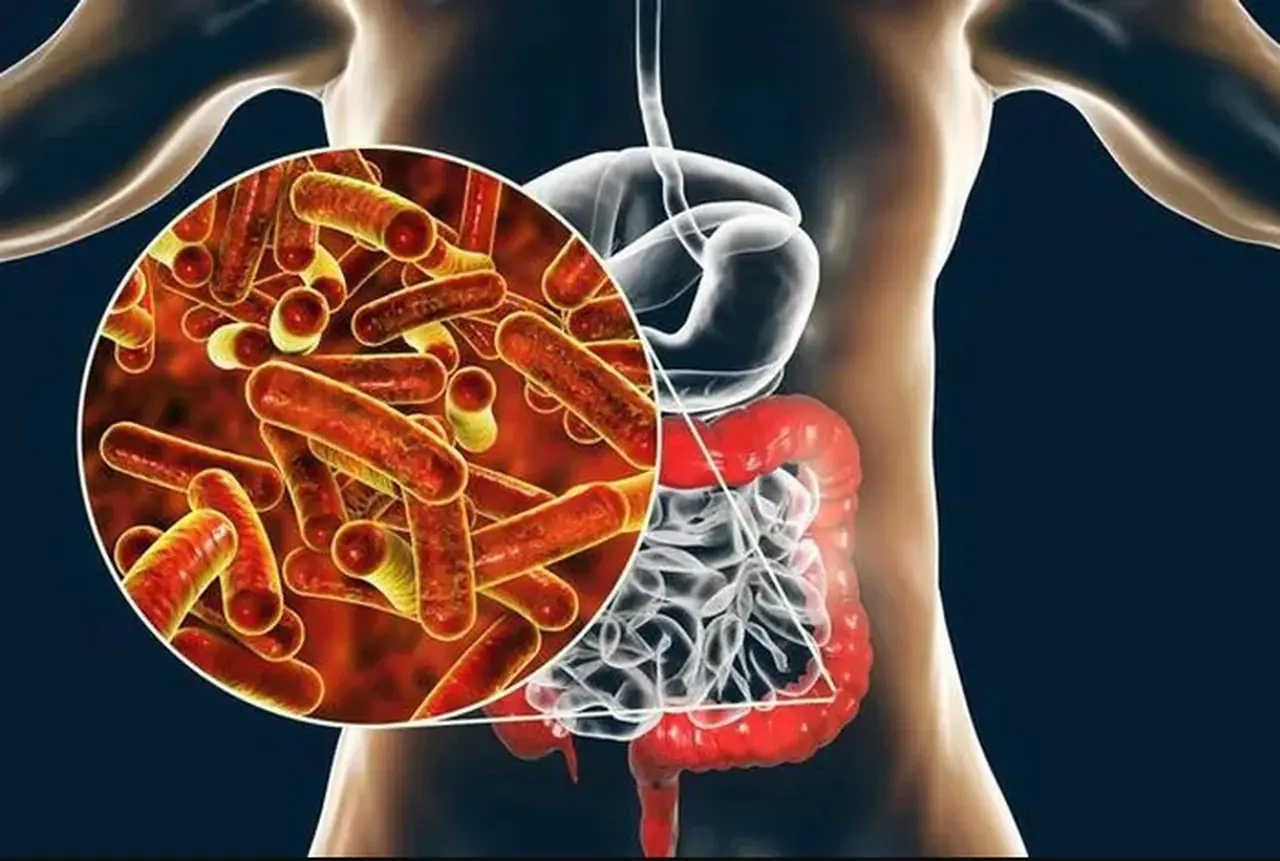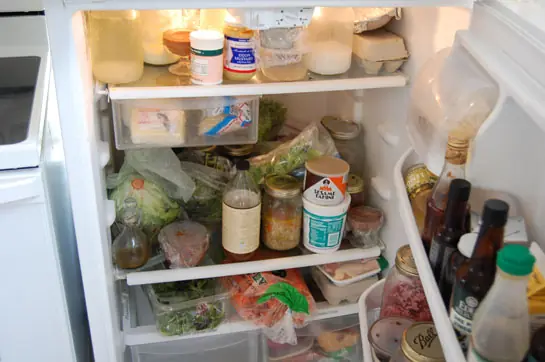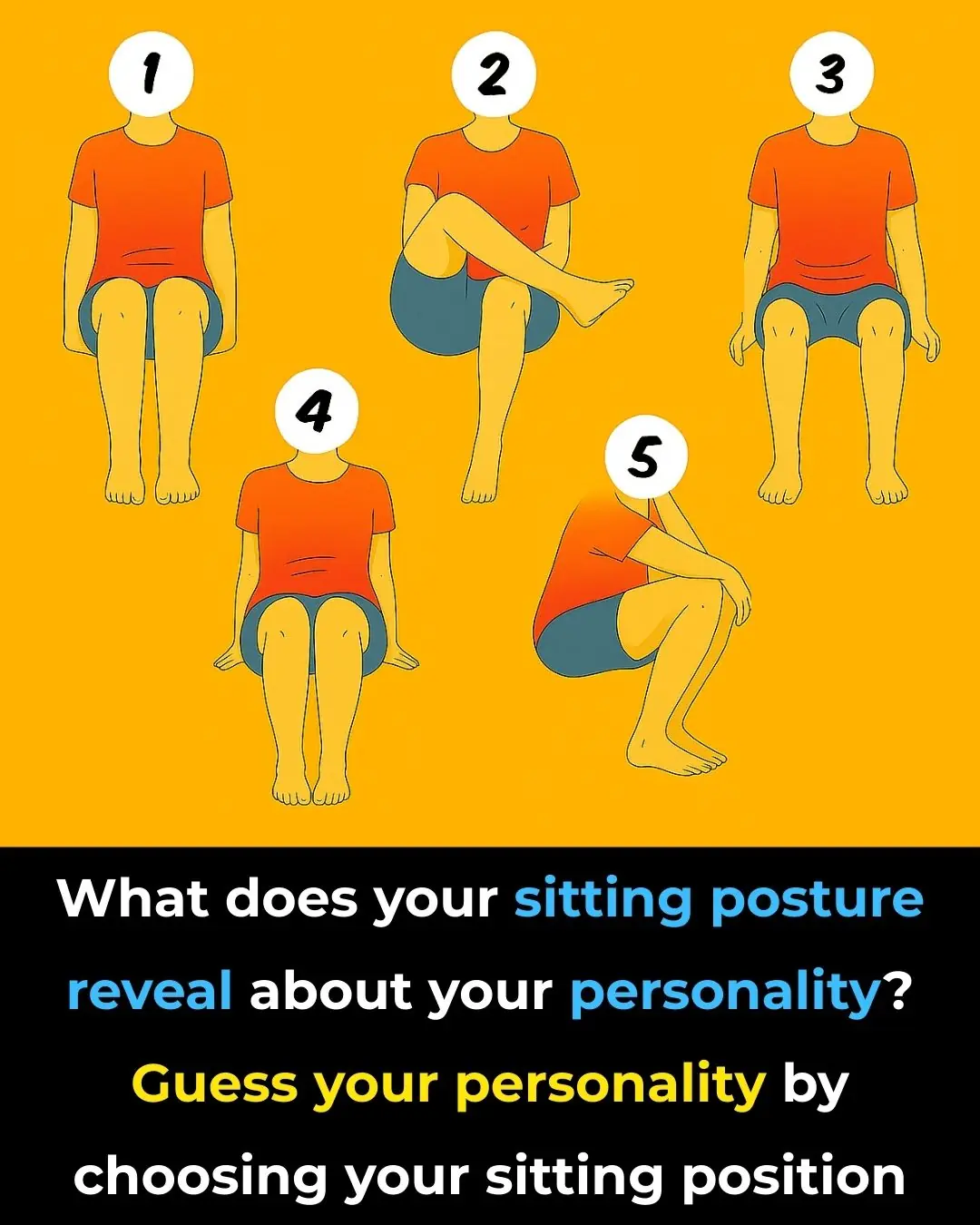
Should You Eat Rice for Breakfast

In many Western countries, breakfast often revolves around cereal, toast, or eggs. But in much of Asia—and increasingly across the globe—rice is a staple morning dish. From hearty bowls of congee to rice with vegetables and eggs, this grain plays a major role in starting the day.
But what actually happens to your body when you eat rice for breakfast? Is it a smart, healthy choice, or would you be better off sticking with oatmeal, smoothies, or toast?
Let’s explore what science, tradition, and nutrition say about beginning your day with rice—and whether it deserves a spot on your breakfast table.
1. Rice Provides Fast, Sustained Energy
Rice is high in carbohydrates, making it an excellent source of quick fuel in the morning. After 7–9 hours of sleep, your body wakes up needing energy, especially your brain and muscles.
What happens inside your body:
When you eat rice, your digestive system breaks it down into glucose, which enters your bloodstream and fuels your cells. This process is particularly beneficial for people who have physically active mornings, intense workouts, or jobs that require mental focus early in the day.
Bonus Tip: Pairing rice with a bit of fat or protein (like eggs or tofu) can extend that energy release, helping you avoid the mid-morning crash.
2. It Can Keep You Feeling Full—If You Build It Right
Unlike sugary breakfast cereals or pastries that leave you hungry within hours, a warm, rice-based breakfast (especially with added protein and fiber) can help you feel fuller for longer.
What science says:
Whole grains like brown, red, or black rice digest more slowly than refined white rice. This helps regulate blood sugar levels and prolong satiety. Studies have found that low-glycemic breakfasts help reduce mid-day cravings and may even support better mood and concentration.
Try this simple combo:
Brown rice + sautéed greens + soft-boiled egg + sesame seeds = a satisfying and balanced morning meal.
Extra Tip: Adding fermented foods like kimchi or miso can further improve digestion and enhance flavor.
3. White Rice Alone Can Cause Blood Sugar Spikes
Here’s the downside: white rice has a high glycemic index (GI), meaning it raises blood sugar quickly—especially when eaten without protein or fat.
Why this matters:
A sharp rise in blood glucose is often followed by a crash in energy, which can leave you feeling sluggish or hungry again within an hour or two. Over time, regular blood sugar spikes may increase the risk of insulin resistance or type 2 diabetes.
How to make it healthier:
-
Swap in whole-grain rice (brown, red, or wild rice varieties)
-
Add lean protein (like beans, tofu, or fish)
-
Include healthy fats (avocado, nuts, sesame oil) and fiber (vegetables, seaweed)
Pro Tip: If you still prefer white rice, balance it with fiber-rich sides and protein to lower its glycemic impact.
4. Whole-Grain Rice Supports Gut Health and Digestion
Whole-grain rice varieties are excellent sources of dietary fiber, which plays a key role in digestion, gut microbiome balance, and even heart health.
According to the Mayo Clinic, dietary fiber:
-
Improves bowel regularity and prevents constipation
-
Supports the growth of healthy gut bacteria
-
Helps lower cholesterol and maintain stable blood sugar levels
Did you know?
-
1 cup of brown rice contains about 3.5 grams of fiber
-
1 cup of white rice contains less than 1 gram
Pro Tip: Combine rice with high-fiber veggies like spinach, carrots, or cabbage for a gut-friendly breakfast bowl.
5. Rice as Comfort Food Boosts Mental Wellbeing
Breakfast isn't just about fueling your body—it’s also about how you feel. In many cultures, especially across Asia, rice-based breakfasts like congee, ochazuke, or nasi uduk are more than just meals—they're comforting rituals.
Why it matters:
Warm, familiar foods can increase serotonin production (the “feel-good” hormone), promoting a sense of calm and reducing stress. This can be especially beneficial during chilly mornings, emotional lows, or recovery periods.
Cultural comfort:
In Japan, China, Indonesia, Vietnam, and many other countries, rice for breakfast connects people to tradition, family, and memories of home—something that’s just as nourishing as the food itself.
6. Rice-Based Breakfasts Can Be Nutritious and Balanced
By itself, rice isn't a complete meal. But when combined with the right ingredients, it can become a perfectly balanced breakfast that offers complex carbs, protein, healthy fats, and essential nutrients.
Balanced rice breakfast formula:
-
Complex carbs: Brown or black rice
-
Protein: Eggs, tofu, lean meat, or beans
-
Healthy fats: Avocado, nuts, seeds, or sesame oil
-
Micronutrients: Leafy greens, mushrooms, carrots, fermented vegetables
Breakfast ideas to try:
-
Brown rice + scrambled eggs + spinach + kimchi
-
Breakfast sushi rolls with avocado and smoked salmon
-
Congee with soft-boiled egg, scallions, ginger, and a dash of soy sauce
-
Coconut sticky rice with mango and sesame seeds (a sweeter take)
Versatile Tip: Leftover rice from dinner? Just reheat it and top it with a fried egg, steamed greens, and some chili oil for a no-fuss, nourishing breakfast.
Final Takeaway: Should You Eat Rice for Breakfast?
Yes—when done right.
Rice for breakfast is more than just a cultural habit. It can be a nutritious, energizing, and emotionally satisfying way to begin your day. While plain white rice eaten alone may cause blood sugar fluctuations, building your breakfast with whole grains, protein, fiber, and healthy fats turns it into a complete and balanced meal.
If you're tired of highly processed cereals or sugary pastries, switching to a rice-based breakfast could be exactly what your body—and your taste buds—have been craving.
News in the same category


🌅 Three Morning Symptoms That Could Be Early Warning Signs of Cancer

Woman shares ’embarrassing’ symptoms she regrets hiding from doctors as she’s diagnosed with incurable cancer

They say the eyes are the windows to the soul — but what about the mind’s eye?

Japan has a Lower Rate of Breast Cancer than the U.S. – This Nutrient Makes the Difference

How To Do a 3-Day Sugar Detox to ACCELERATE Fat Loss And Improve Your Mood!

10 Early Warning Signs You're Being Exposed to Mold Toxicity

The Ten Foods You Should Start Eating Now to Cleanse Your Colon

Stop Doing These Habits and Prevent 80% of Heart Attacks

3 Early Morning Symptoms That Could Signal Cancer

If You Notice These 7 Symptoms, Get Checked for Lung Cancer Immediately

A Man Dies After Eating Leftovers: 5 Foods You Should Never Eat as Leftovers

10 Warning Signs of an Autoimmune Disease and How to Reverse It

Top Signs of Iron Deficiency and How To Increase Iron Levels In Your Blood

How to Get Rid of Worms in Humans (Including Parasite Cleanse Diet)

Why You Might Be Waking Up With a Dry Mouth

What Do Vertical Nail Ridges Mean After 40

Could OTC Remedies Really Work for Depression?
News Post

Seniors: Take This for 5 Nights and See What Comes Out in Your Stool!

Clove benefits for Skin – Clove Oil, Clove Gel & Clove ice cubes

The Surprising Benefits of Overnight Tea: A Wasteful Habit You Might Not Know About

How to Clean Limescale Off Your Faucet in Just 25 Seconds with a Simple Trick

How to Clean Your Air Conditioner Easily in Just 15 Minutes — No Technician Needed, Even Women Can Do It Effortlessly

How to Keep Your Non-Stick Pan as Good as New for 3 Years: Simple Tips and Tricks

Using Electric Kettles to Boil Water: 9 Out of 10 Households Make This Mistake — Remind Your Loved Ones to Fix It Early

These 3 types of “acne” on the body could be cancerous; whether male or female, no matter the age, don’t ignore them.

Why Some People Can’t Handle Spicy Food

The hidden meaning of thumb rings: what they represent for women vs. men

The Small Hole on the Sink: A Feature You Never Knew You Needed

🌅 Three Morning Symptoms That Could Be Early Warning Signs of Cancer

Woman shares ’embarrassing’ symptoms she regrets hiding from doctors as she’s diagnosed with incurable cancer

Concerned Woman: Beware of Abandoned Prams on Roadsides!

Your Character According to Your Sitting Style

They say the eyes are the windows to the soul — but what about the mind’s eye?

Japan has a Lower Rate of Breast Cancer than the U.S. – This Nutrient Makes the Difference

How To Do a 3-Day Sugar Detox to ACCELERATE Fat Loss And Improve Your Mood!
